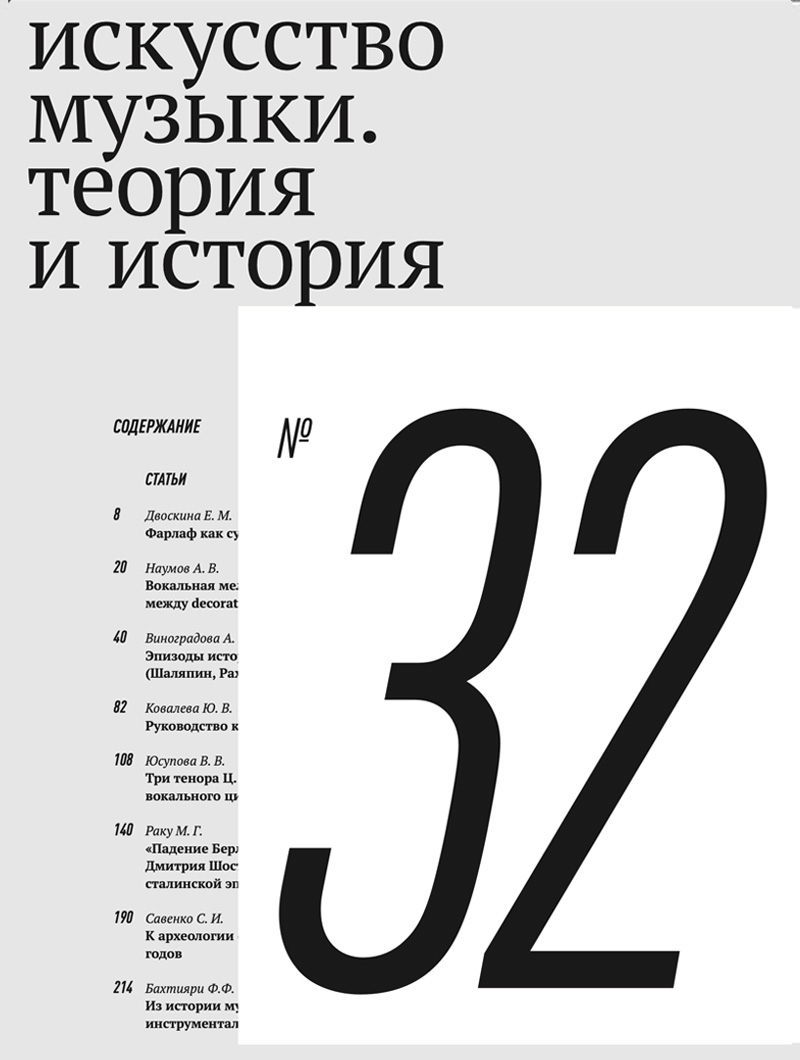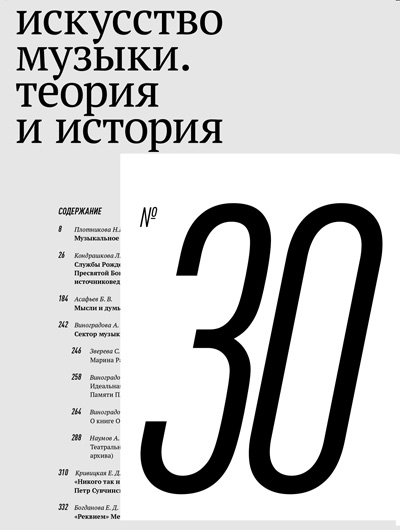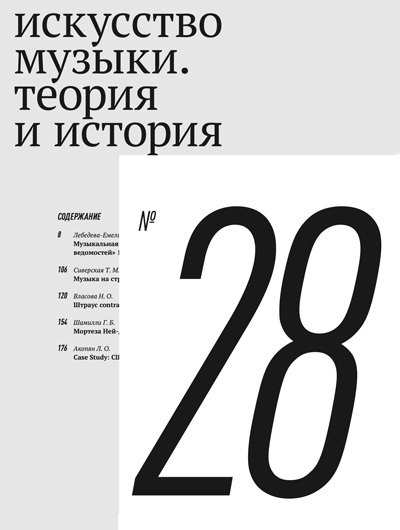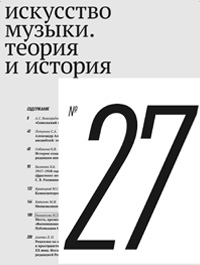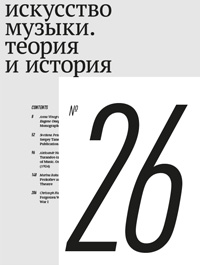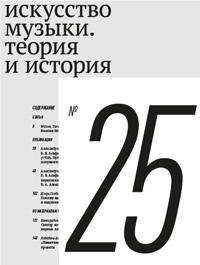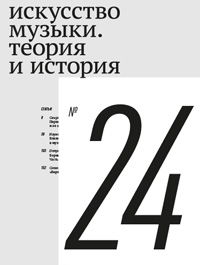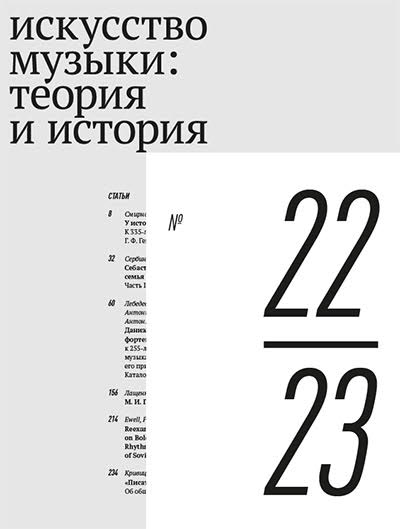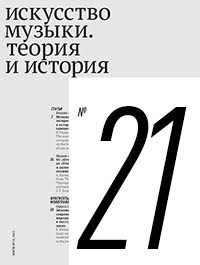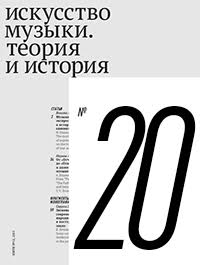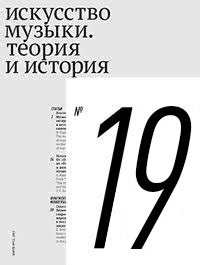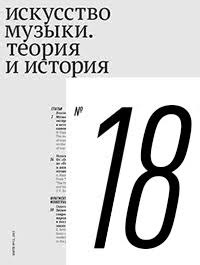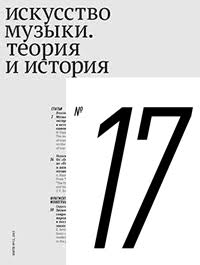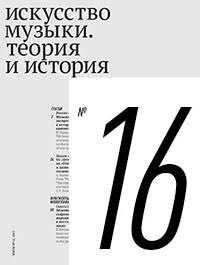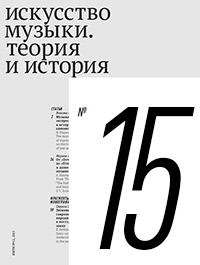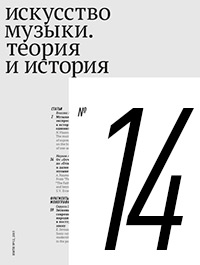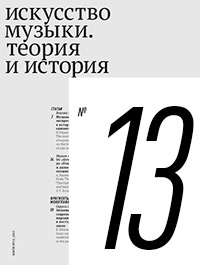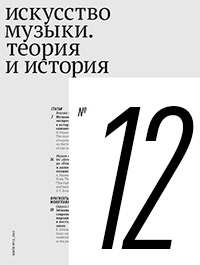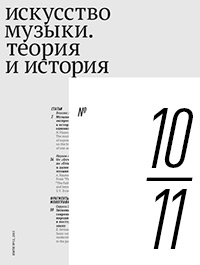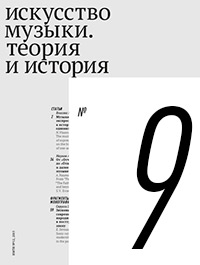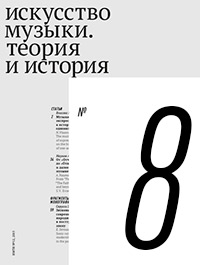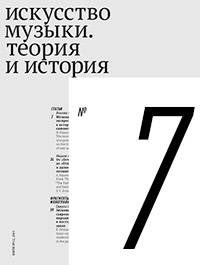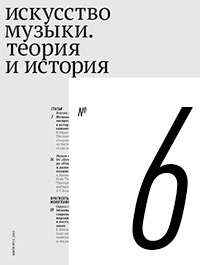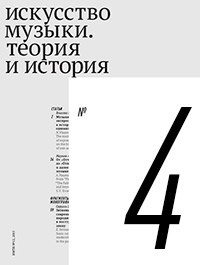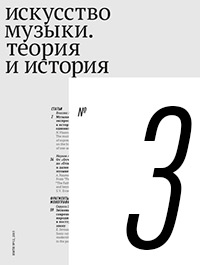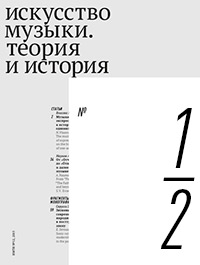2013 № 7
The seventh issue of the journal contains texts (articles and reviews) dedicated mainly to the Russian music of the 19th and 20th centuries, as well as an essay on an unjustly neglected Catalonian–British composer of the 20th century. As usual in our journal, some articles contain sounding illustrations.
The journal is published with the consent of the Scientific Council of the State Institute for Art Studies
Dmitriy Bortnyansky and Peter Tchaikovsky belonged to different generations; hence, their artistic ideals and stylistic systems differed considerably. The names of these two composers, however, are inseparably linked in the ‘Complete Sacred Musical Works by Bortnyansky, edited by Tchaikovsky’, published by Peter Jurgenson’s house. In this article, Tchaikovsky’s editorial work is analyzed from the perspectives of source criticism and chronology, in terms of organization, structure, and style.
The article deals with archival documents related to the creation, activities, and liquidation of the Choral Section of Dramsoyuz (“Drama Union”, a copyright agency) in the 1920s. The section in question was quite numerous, its members included church music composers. The materials of Dramsoyuz are important for the history of Orthodox Church singing during the Soviet period, since they shed some light on the posterior development of church choral repertoire. Besides, these materials have a more universal value: they reveal the contradictions of the 1920s in a peculiarly pointed, paradoxical, sometimes absurd manner.
The author tries to detect the multiple influences of biographical context on the content and structure of Nikolay Sidelnikov’s novel-symphony Labyrinths.
This is the first Russian biography of the Spanish (Catalan), later British composer, Schoenberg’s pupil Roberto Gerhard (1896–1970). The article is a part of the author’s large research project dedicated to marginal figures of the 20th century music. Like the earlier biographical essays of the same cycle published in this journal’s previous issues (‘Giacinto Scelsi’, No. 1–2, 2011; ‘Jean Barraqué’, No. 3, 2013), the text is supplied with numerous music examples and sound illustrations.
The article is based on two commentaries prepared by the author for the fourth book of ‘Glinka’s Journeys’ dealing with Glinka’s Caucasian trip of 1823. The observations presented here may enlarge, refine, or even change our views on Glinka’s milieu and the character of his social contacts. The discovery of previously unk¬nown facts enrich our knowledge about the cultural context of Glinka’s youth. His acquaintances made during his stay at the Caucasian spa resorts are all but unexplored by his biographers. And yet they played a peculiar role in the young composer’s formation as individual and, probably, also as artist. The author’s principal task is to revive these figures for a contemporary reader; for this purpose, the method of culturological commentary is used.
A review of one of the fundamental recent books on the history of Russian music and one of the most important studies of Musorgsky’s oeuvre.
A review of three recent St Petersburg publications centred around the lives and fortunes of outstanding Russian musicians of the late 19th and early 20th centuries.
The members of the editorial board of the collective monograph ‘A History of Russian Music in 10 Volumes’ relate the story of this publication, written during more than three decades by the members of the State Institute of Arts Studies (formerly All-Union Research Institute of Arts Studies) and completed in 2012.
